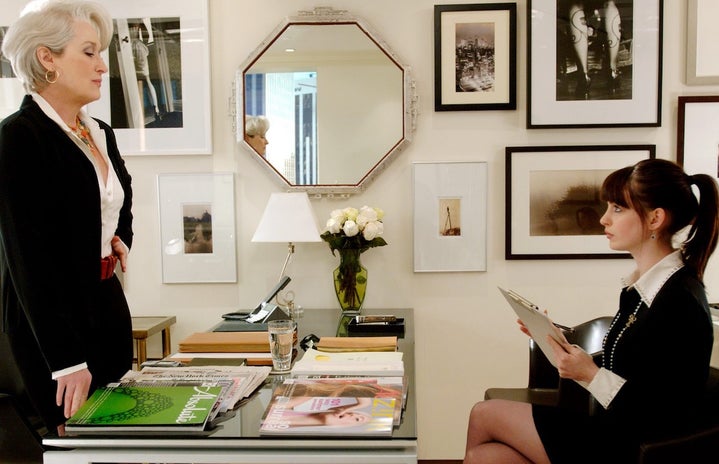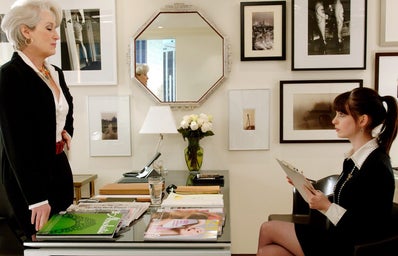Every year, new fashion trends come to the surface, and what is deemed appropriate and not appropriate to wear in specific environments is altered. However, when it comes to the workplace, not much has changed at all.
Yes, places have become more open and accepting of unique styles and types of clothing, but many companies still have extremely strict dress codes. While it is not bad for people to come to work looking professional and well-groomed, what determines what is professional and what is not?
As someone who likes to dye their hair often and has multiple tattoos, I constantly worry that even if my resume is stellar, I will be rejected from a job just due to my appearance. “76% of people feel visible tattoos hurt an applicant’s chances in an interview,” a TeamStage article about tattoo statistics in the workplace said. The article explained that although many employers have become more relaxed with individuals having tattoos over the years, it is still a fear in many people’s eyes and can cause people to be rejected from employment in different job areas.
At my current place of work, Sesame Place Philadelphia, one of the questions I got asked before I was hired was if I had dyed hair or not. “Extreme colors or styles are not permitted at work,” read the SeaWorld Parks & Entertainment wardrobe guidelines. When I was first hired, my hair was dyed a natural color. Now, it is bright green, and I am still employed by that company. Since then, they have become more relaxed about the policies, but if I had applied back in 2021, with the hair color I have now, I probably would not have been hired.
There is extremely specific attire deemed professional and unprofessional as well. Normally, when attending a job interview or going to work, people can be seen wearing suits, nice pants and sweaters, dresses, or company-provided uniforms. “Dress codes used in many organizations range from those that require formal business dress or ‘business casual’, to those that allow more casual wear in the summer or those that include grooming and hygiene standards,” according to a SHRM article.
While having a dress code is not a negative thing, who determines what is business-appropriate or business-casual? These types of clothing tend to be simple colors that do not draw much attention and have a very modern look to them.
However, when it comes to summer jobs, the wardrobe can be on the more casual side and include shorts, t-shirts, sneakers, and other pieces of this variety. This begs the question of why certain attire is acceptable in certain areas as opposed to others.
It might not be something we are ever able to answer, but if we try to be more accepting and inclusive of everyone and what they choose, we can create happy and comfortable work environments.


